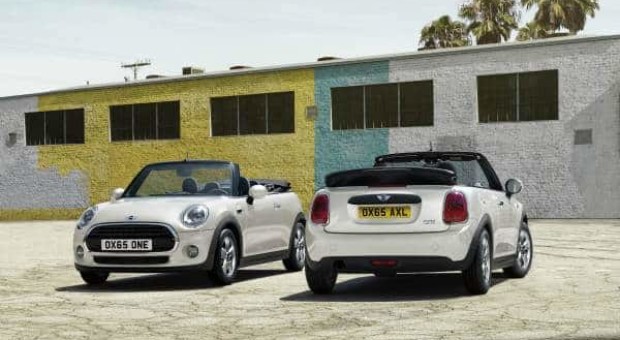
In some ways, it’s hard to believe that cars have been with us for less than a century and a half. These vehicles have such a crucial role to play in our modern lives that we can barely fathom what a time without them may have been like, but you only need to skip back a few generations to see a time when cars, and therefore driving itself, was well beyond the means of the vast majority of people.
Nowadays, of course, cars and driving are more accessible than ever, but this isn’t the only truth about cars that has changed since the early days. In fact, even compared with just 30 years ago, driving and car ownership has changed almost beyond recognition. Let’s take a walk through car history and examine three areas where the difference between then and now for car owners is particularly obvious…
Difference #1: Being able to fix a car for yourself
Cars were, once upon a time, relatively simple machines. It was more than possible for car owners to learn to fix their vehicles for themselves.
This, however, is now easier said than done. As cars have become more and more complex, maintaining and fixing cars on an amateur level has become progressively more difficult. While it’s still possible to manage the care of a vehicle for yourself by doing your research, going through a comprehensive guide to OBD2 tools that can help diagnose faults, and being willing to dedicate hours to learning, doing so is far more complex than it used to be.
Difference #2: Being legally required to wear a seatbelt
Given the difference that seatbelts can make to the chances of surviving an accident, it’s amazing to realise just how recent the laws making seatbelts compulsory are. For example, as recently as 1995 there were still some states in the USA who didn’t have compulsory seatbelt legislation (though they have since been made obligatory in all 50 states), while in the UK it wasn’t compulsory to wear a seatbelt until 1983.
Thankfully, the acceptance of the necessity of seatbelts has now been widely accepted across the globe.
Difference #3: How long a vehicle will last
Thirty years ago, if a vehicle had racked up 100,000 miles, then that vehicle was destined for the scrap heap. In fact, 75,000 would be considered pushing it, and few people would have considered buying a second-hand car with anything over 50,000 miles on the clock.
In 2018, these numbers are little more than starting points. With the right care and maintenance, modern vehicles can breeze through the 100,000 mark, and some can surpass 250,000 miles on the clock with relative ease. The design and build of cars is improving all the time, which has meant that the lifespan of a car has risen almost exponentially in a relatively short time.
Of course, this is very good news for car owners. We all know how cars can depreciate in value the moment they roll off the sales forecourt, but at least this newfound longevity now provides some way for owners to get their money’s worth!
In conclusion
In a relatively short period of time, cars have transformed from being a charming novelty into a must-have essential for the average family— and driving and car ownership has changed too. While some of these changes have made life more difficult, the overall sense is one of progress towards a better, safer, and more reliable automotive experience.




















